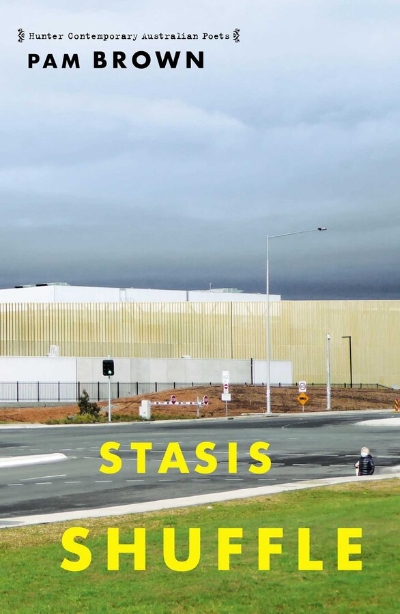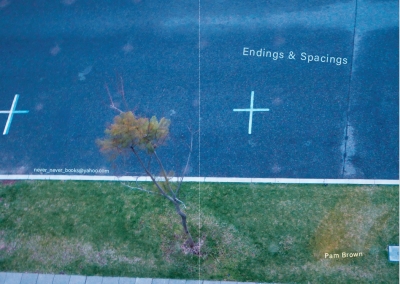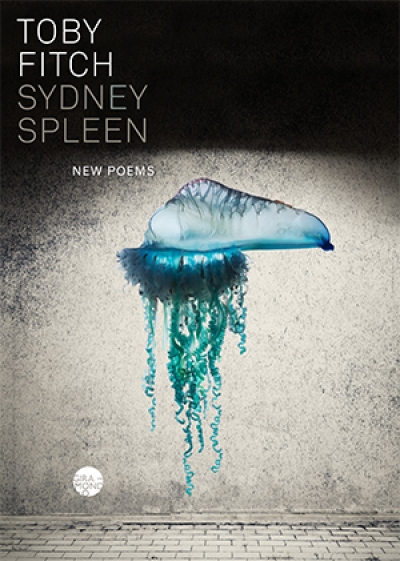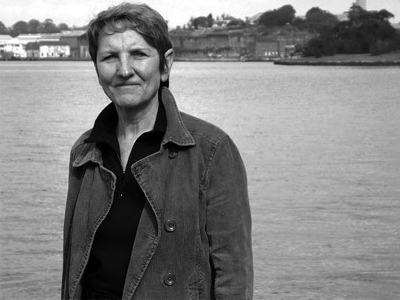Pam Brown
Endings & Spacings by Pam Brown & >>> & || (accelerations and inertias) by Dan Disney
ABR: Which poets have most influenced you? PB: Influence is transient – it changes all the time. I can’t always pinpoint it directly or say which poets might be most influential on my poems. From the mid-1960s I read everything – the French, the Dadaists, the Eastern Europeans, Vladimir Mayakovsky. Gertrude Stein reigned supreme for me ...
... (read more)I love the whole world
she said,
without sounding
corporate
(Agnes Martin
said it) ...
to think the
future
I've
&nb ...
on the first night
coo coo cooroo
falsetto blues singer
blinded by the hurt
coz I'm
blinded by the hurt
troubled refrain
slowly building
backing singers
it's intersubjective
&nb ...
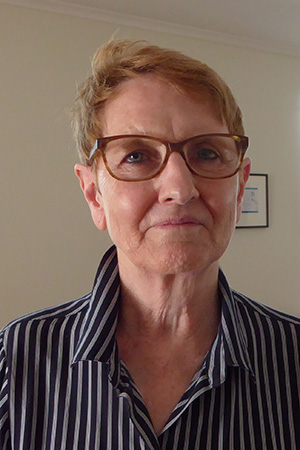
Pam Brown is a dedicated professional amateur who has published many books, chapbooks and an e-book. She has been actively involved in a diverse gamut of poetic activity since the 1970s. P ...
for C.
d, undrilled
rock
Had it been
wanted how had

